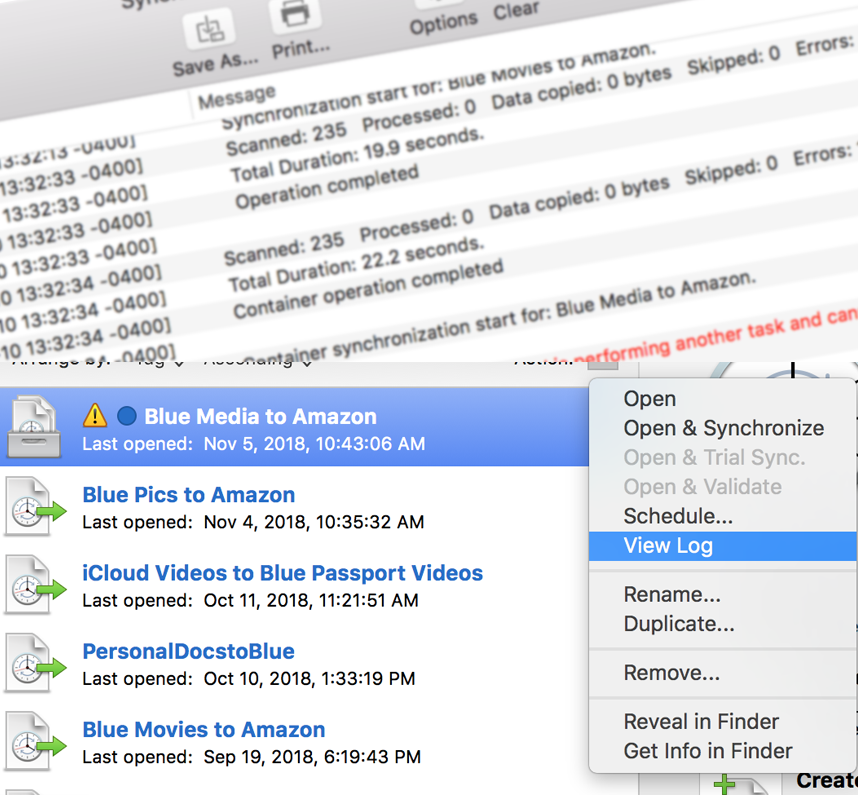

I produce at least 2 photography videos a week on my YouTube channel. That’s important to know - once a photo round trips from Lightroom as a PSD it can easily reach 1GB in size.Īnother factor is video content - I am making a lot more video in 2016. Only a subset of those go through processing with ON1 Photo or Photoshop. I’ll leave a location with 100 photos on average.

My landscape photography is much more targeted. I’m out shooting every week, usually twice. I reviewed my photo library and measured its growth over the last 12 months. What are your storage needs and what is your budget? Let’s talk needs first. There’s two things to know when building your storage system. In 2016, it was time to get ahead of the curve. If you want to chew up storage fast, make videos. Photography training courses, YouTube tutorials, personal projects. I’m creating more video content than ever before, too. RAW files from my newer Sony camera are larger than my older Nikon system. My storage capacity needs were also growing. It was a much needed boost in performance. I also looked forward to putting those snappy Thunderbolt ports to good use. As the adage goes, “If it’s not stored in three places, it doesn’t exist.”Įarlier this year I moved my photo library to a new iMac 5K from my aging MacPro. The ecosystem has to grow, not just a part of it. It's not just updating my main storage drive, but also my backups. Two or three years back, I wrote about outgrowing yet another hard disk. Storage and backup may be mundane, but they are unquestionably critical. But, in the digital age, you have to have a storage and backup strategy for your photos. I’d much rather spend time with my camera or be teaching others about photography.


 0 kommentar(er)
0 kommentar(er)
